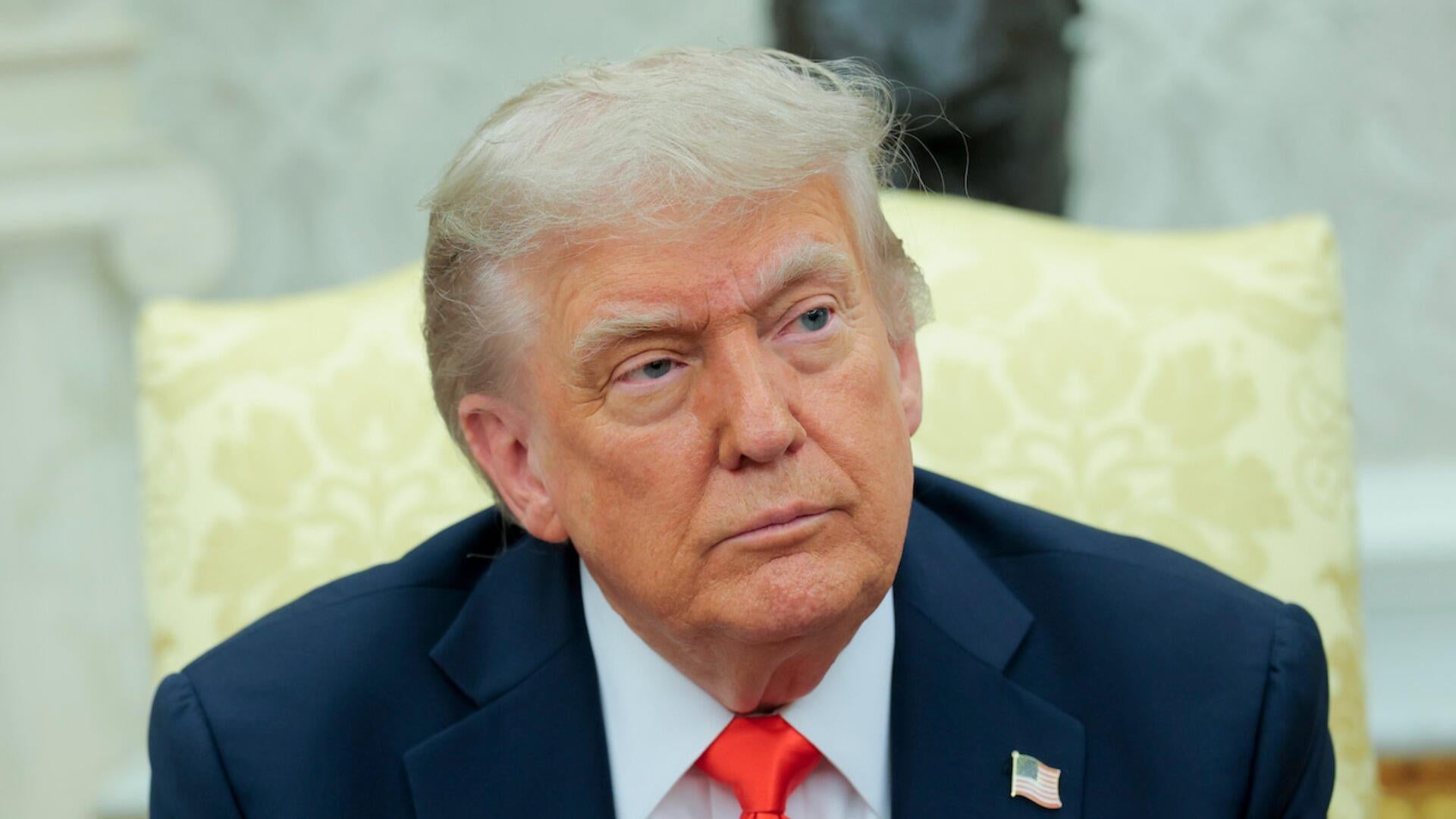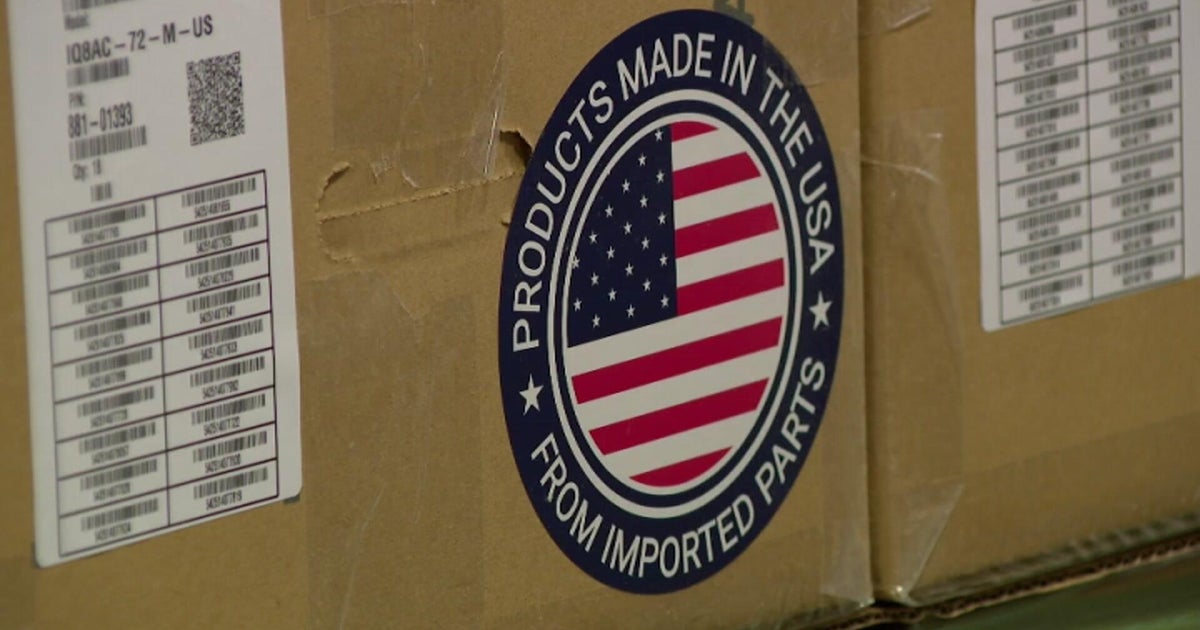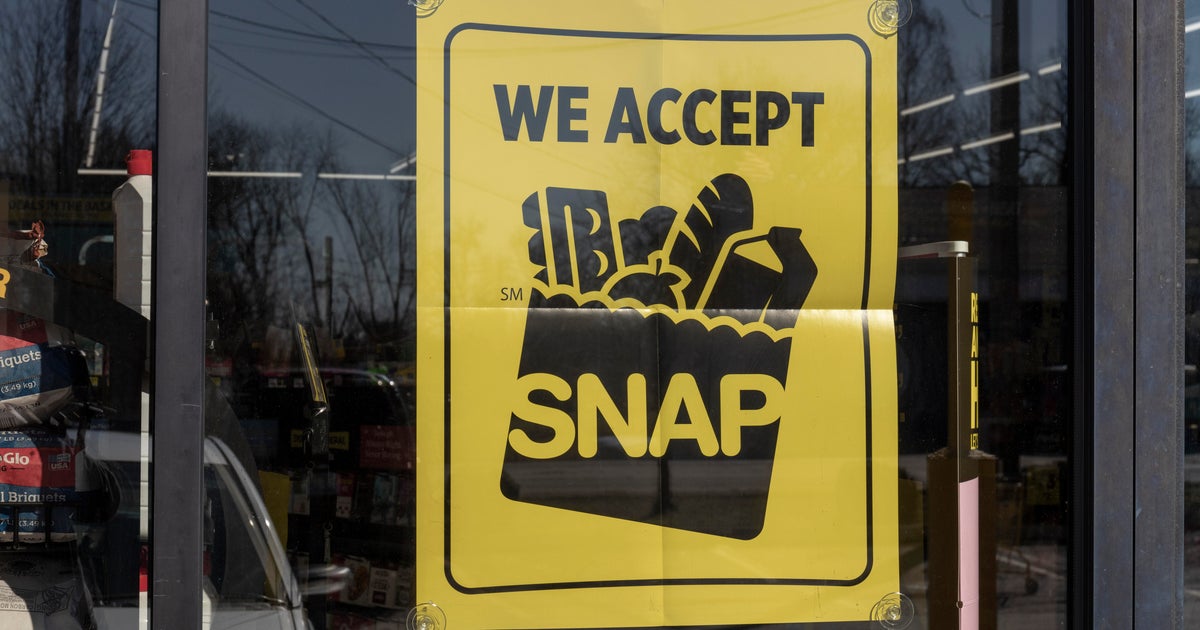Trump threatens more than a dozen countries with new tariffs by Aug. 1
President Trump on Monday said the U.S will impose 25% tariffs on goods from South Korea and Japan by Aug. 1, while also threatening to hit a dozen other nations with steep import duties by next month.
Mr. Trump initially two nearly identical letters, addressed to Japanese Prime Minister Shigeru Ishiba and South Korean President Lee Jae-myung, on his Truth Social media platform outlining the new tariffs. A 90-day freeze on country-specific U.S. tariffs on dozens of nations, including Japan and South Korea, is scheduled to expire on July 9.
Mr. Trump on Monday afternoon also announced separate tariffs on an additional 12 trade partners. Myanmar and Laos face a 40% tariff rate, the highest of the new levies the U.S. is threatening to deploy. Thailand and Cambodia face potential tariffs of 36%, while Mr. Trump announced slightly lower tariffs of 35% on both Bangladesh and Serbia.
Indonesia is the lone country facing a possible tariff rate of 32%. Imports from South Africa and Bosnia and Herzegovina will be subject to 30% duties as of August 1, while goods from Malaysia, Kazakhstan and Tunisia will be taxed at 25%, Mr. Trump said in letters posted on Truth Social.
White House press secretary Karoline Leavitt said during a media briefing Monday that Mr. Trump is set to sign an executive order extending the July 9 tariff freeze. The order delays the deadline to "August 1 so the reciprocal tariff rate, or these new rates that will be provided in this correspondence to these foreign leaders, will be going out the door within the next month," Leavitt said.
Leavitt also said Mr. Trump was planning to send tariff letters to "approximately 12 other countries" informing them of new U.S. levies on their goods. She did not indicate when the notices will be sent out, but said Mr. Trump will post them on Truth Social "so you can enjoy them yourself."
Trump is also expected to announce more deals with U.S. trade partners before the beginning of August, she said.
Mr. Trump included identical language in each letter informing recipients that the notice "demonstrates the strength and commitment of our Trading Relationship," and that "we invite you to participate in the extraordinary Economy of the United States."
The 25% tariffs on South Korea and Japan are in line with the so-called "reciprocal" rates Mr. Trump had announced when he unveiled country-specific duties on April 2. At the time, the Trump administration said it would impose tariffs of 24% and 25% on imports from Japan and South Korea, respectively.
"If none of these 14 countries manage to seal a preliminary trade deal (and assuming Trump doesn't delay implementation for another month) then the effective tariff rate on U.S. imports would rise from 15.5% to 17.3%," Paul Ashworth, chief North America economist at Capital Economics, said in a report. In 2024, the effective tariff rate on imports was 2.5%, he noted.
25% tariff would bog down trade
Trade policy expert Barry Appleton, co-director of the Center for International Law at New York Law School, told CBS 魅影直播 that Monday's announcements "are simply indications that he is making them pay full admission price to access the U.S. market."
"At 25%, it is possible, but challenging, to trade with Japan and Korea. This rate was carefully set at the higher side of the spectrum. In essence trade with the U.S. now is a pay to play proposition for Japan, Korea and likely others to come," he said.
Appleton added that the country-specific rates announced Monday do not bode well for other nations looking to strike deals with the U.S., including EU countries, Canada and Switzerland.
Economists warn that wide-ranging U.S. tariffs on trading partners could spark another bout of inflation and hinder economic growth, while global financial markets have heaved at the prospect of significantly higher trading costs.
Trump administration officials have said stiff U.S. tariffs can ensure fair global trade while also boosting the American manufacturing sector.




